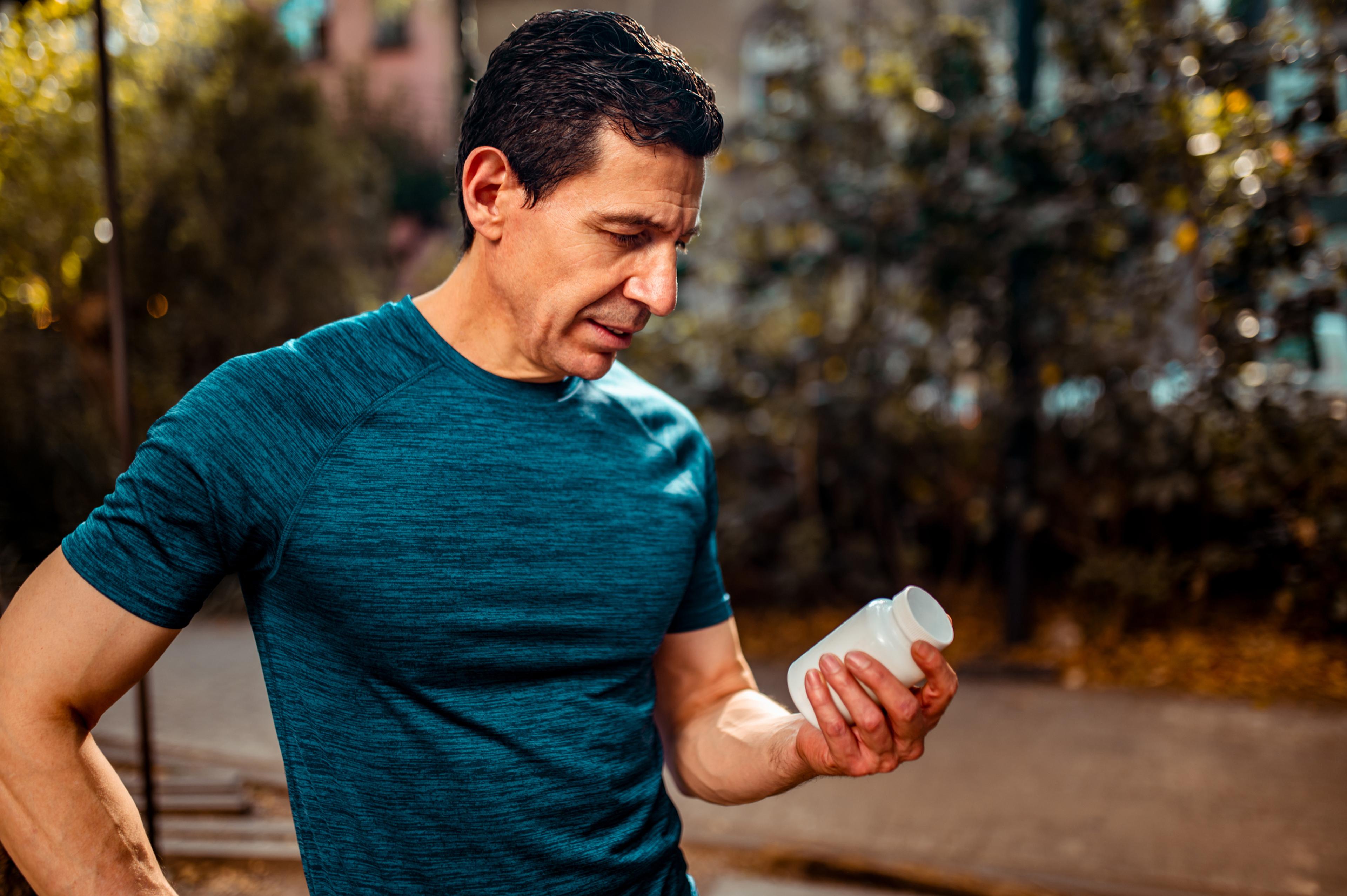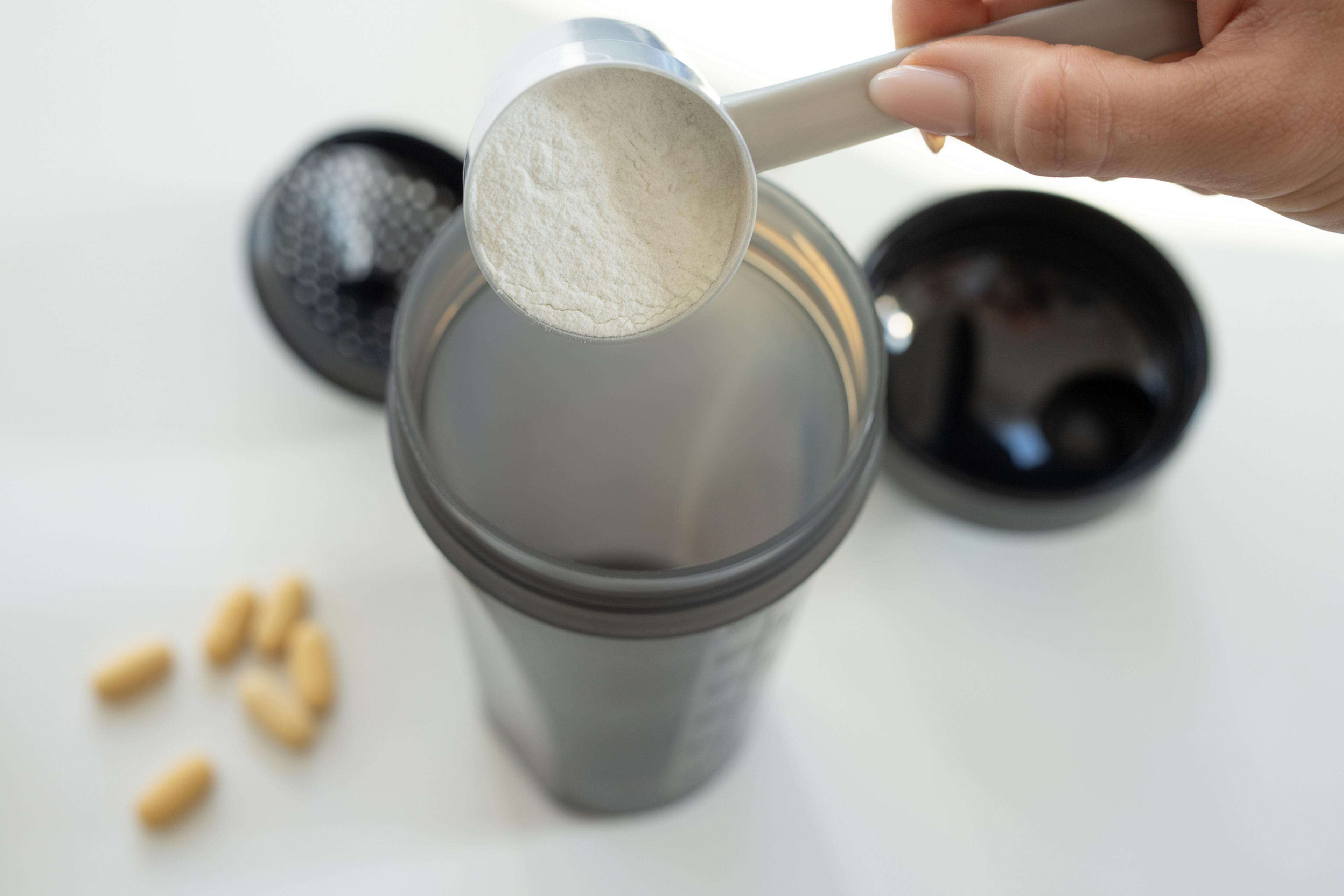How to Start Moving Your Workouts Outside
Shandra Martinez
| 4 min read

As we make the turn toward warmer weather, the days are getting longer. The sky gets lighter earlier in the morning and we have a longer window of daylight each evening. This seasonal shift each spring gives people a great opportunity to move more of their workouts outside.
While some hardy winter devotees have been able to keep their exercise routine outdoors through snow and ice, cold temperatures send many of us scurrying inside until the cold weather breaks. Whether you work out at home or socially distanced at a gym or health club, the indoor routine of cardio machines and weights can get a little stale. Taking all your workouts outside – or just moving them outdoors a couple times a week – is a good way to jump-start your fitness routine.
Why outside exercise can be better. You can burn the same number of calories running, biking or speed walking whether you are inside or outside. But taking your workouts outdoors can have added benefits, research shows. Exercising in fresh air can lower your blood pressure, reduce stress and put you in a better frame of mind. It also tends to give you a lot more to look at. Studies have shown that people who do a workout outdoors tend to exercise a bit longer than they would inside because they’re so busy looking at things, whether they are walking through town or on a forest trail. Outdoor exercise also tends to push people to use their muscles differently. Think of the difference between logging miles on a treadmill compared to running through a park or a path through the woods.
Be prepared. Moving your workouts outside this time of year will take a little more planning than just grabbing your gym bag and water bottle. But with a few items on hand, you’ll be ready for a better workout. Here are some suggestions to get you started:
- Check the temperature and layer up: Forecasts in Michigan can fluctuate a lot this time of year. Check the weather before you head outside and make sure you’re dressed for it – and your workout. If you’re planning on a long walk, you’ll need warmer layers than if you’re working up a sweat with a heart-pumping run. Synthetic materials are better for layering than cotton. Make sure your top layer is wind resistant.
- Ears, fingers and toes: It may not be the depths of winter, but you still have to protect your sensitive skin from being exposed to cold air for too long. Wear a hat or headband to keep your ears covered. Take gloves to protect your hands. Wear lightweight ones so if you get too warm, you can take them off and tuck them in your pockets. Warm socks or even wearing sock liners underneath them can keep your feet from getting cold.
- Remember your lips: Dry, cold air and wind can cause chapped and even painful lips. Protect them with a layer of Carmex or other thick protectant. Keep a lip balm stick in your pocket so you can reapply as needed.
- Get a grip: It may seem like overkill but keeping a pair of traction cleats like Yaktrax on hand can keep you upright in a season when there can still be snow and ice on the ground. These cleats that slip over the bottoms of your shoes or boots like a little network of chains help them get a better grip on slippery sidewalks, roads or trails. They help prevent slips and falls and keep your workouts a little safer.
- Here comes the sun: There’s no need to keep your sunglasses and SPF stashed away until summer. Protect your eyes during outside workouts by wearing sunglasses that block 100% of UVA and UVB rays, which is what the American Optometric Association recommends. To safeguard your skin from the sun’s damaging rays, no matter what the season, use a broad-spectrum sunscreen with an SPF of 30 or higher.
Related:
Photo credit: Getty





